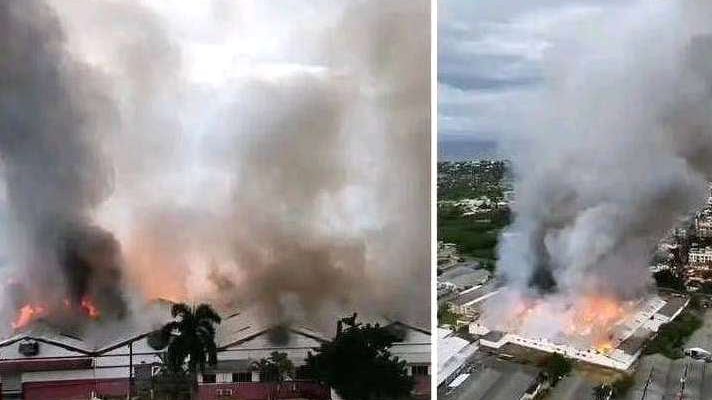Myanmar has borne the brunt of the disaster. Authorities there have declared a state of emergency across several regions after confirming at least 48 deaths and more than 300 injuries. Officials fear the toll will rise, with dozens still missing.
In the city of Lashio, entire buildings crumbled under the force of the quake. Streets are filled with debris, and families have been forced to abandon their homes. Emergency crews are working against time, combing through rubble in hopes of pulling out survivors.
“We heard a loud noise, and suddenly everything started shaking. The walls cracked, the ground moved like waves,” recalled Myo Thant, a resident who escaped with his family just before their home collapsed.
Hospitals in the affected zones are overwhelmed. Medical staff are treating hundreds of people with fractures, head injuries, and trauma. Makeshift clinics have been set up as aftershocks continue to shake nerves and delay rescue operations.
Regional governments are mobilizing aid. Thailand has dispatched rescue units to border areas, while international relief organizations are preparing to send supplies and personnel. Temporary shelters are being built to house families left homeless.
Electricity and communication remain disrupted in many towns, making it difficult to coordinate relief. Roads leading into the hardest-hit areas are damaged, slowing the delivery of essential food, water, and medicine.
With officials warning of further aftershocks, communities remain on edge. For survivors, the focus now is on finding loved ones, securing shelter, and navigating the uncertainty left in the quake’s wake.




